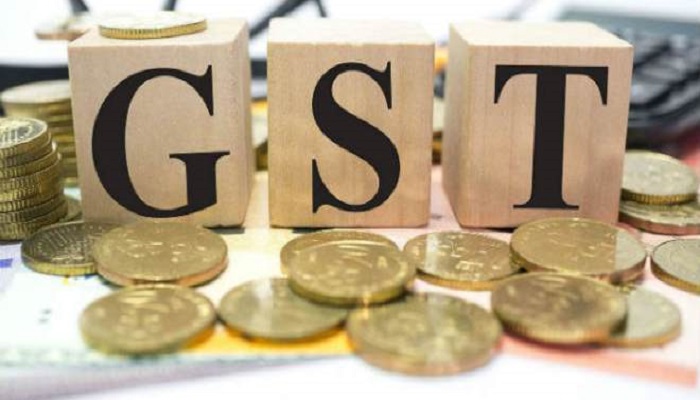
GST, the one country, one tax scheme launched by the P.M on July 1 this year, failed to live up to the predictions of analysis’s as tax collection dropped to Rs 90,669 crore for August.
The collections for July were pegged at Rs 92,283 crore earlier, above analysts’ expectations. “The total revenue of GST paid under different heads (up to 25th September, 2017) is Rs 90,669 crore,” a finance ministry statement said on Tuesday.
Of the total collections, the share of Central GST (CGST) stood at Rs 14,402 crore, State GST (SGST) at Rs 21,067 crore and Integrated GST (IGST) at Rs 47,377 crore. Of the total IGST Rs 23,180 crore is from imports and the rest from inter-state sales.
Compensation Cess collections for August stood at Rs 7,823 crore, of which Rs 547 crore is levy on imports. Explaining the reason for revising the July collection figure, the statement said, “Many assesses have been filing the returns for July 2017 belatedly and till 31st August, 2017 and the total GST paid for July is Rs 94,063 crore”.
A total of 68.2 lakh tax payers were required to file returns for August 2017, of which, as on 25th September, 37.63 lakh have filed GSTR 3B returns.
The government had earlier extended the last dates for filing GSTR 1, 2 and 3 returns for July to October 10, 31and November 10, respectively, following technical glitches at Goods and Services Tax Network (GSTN), the company that manages the GST IT system.
GST collections to go up after those who have opted for the composition scheme file their returns. The current tax collection figures do not include the GST to be paid by 10.24 lakh such assesses.
“Additionally, there are still a number of assesses who have not filed their return either for July or August, 2017,” the statement added.
Experts say more realistic collection figures would emerge in coming months once all companies adjust to the new tax regime.
“The collection has dipped marginally as assesses are starting to utilise their transitional credit. As industry settles down to the GST law and compliance, a more realistic collection figure will be seen,” said Bipin Sapra, tax partner at EY India.

Post Your Comments